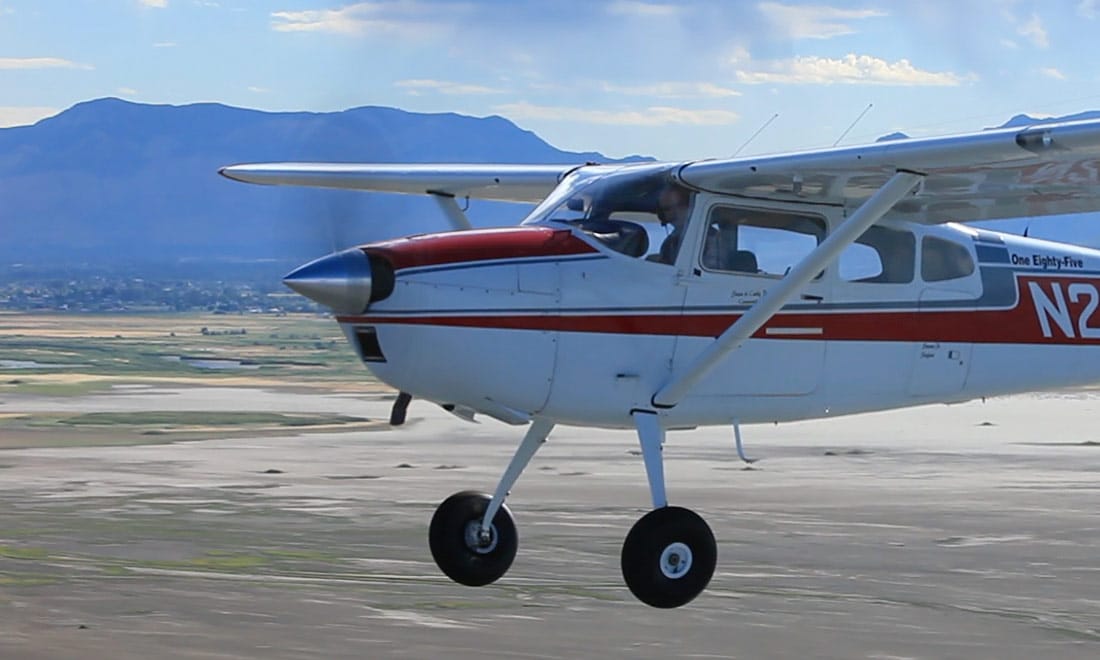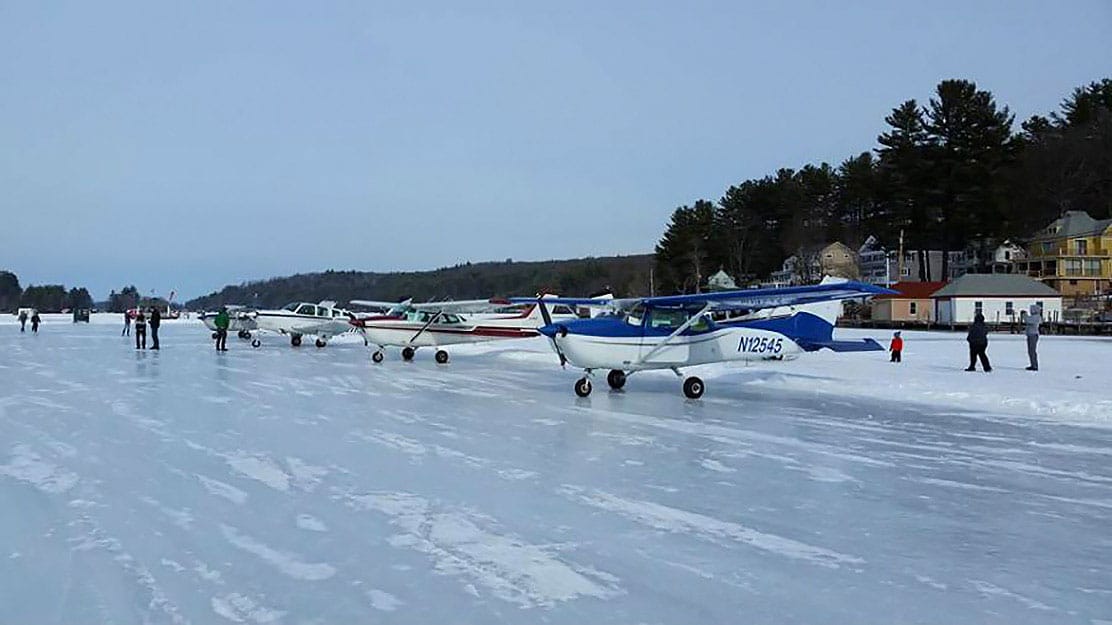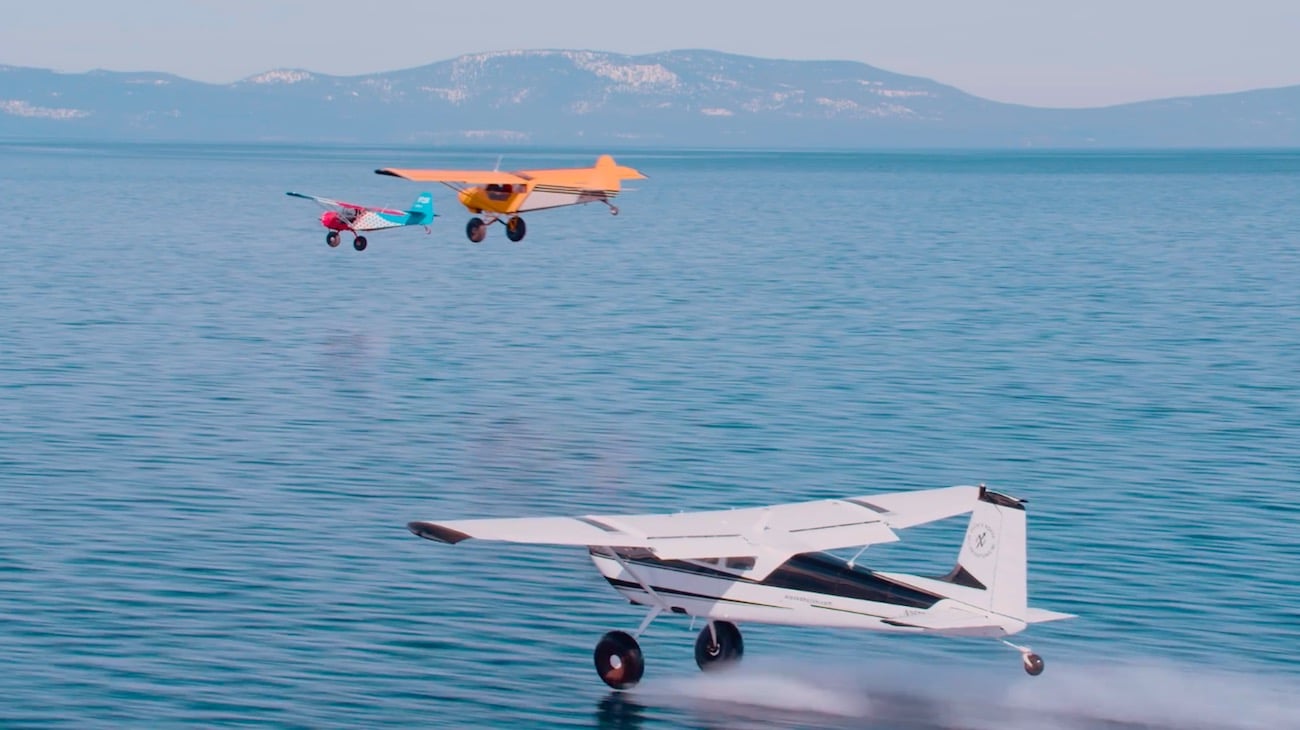The FAA feels that the airworthiness concern with Continental IO-520 and IO-550 series engines doesn’t warrant an airworthiness directive at this time.
The FAA has issued SAIB NE-17-11 (Special Airworthiness Information Bulletin) to inform airplane owners/operators, and certificated repair shops of available service instructions for identifying the causes of an engine kickback, and the recommended engine inspections after a kickback event, in airplanes equipped with certain Contintental Motors, Inc (CMI) IO-520 series, TSIO-520 series, IO- 550 series, TSIO-550 series, and TSIOL-550 series reciprocating engines operating with AVGAS.
More Details on SAIB NE-17-11
The FAA has been receiving reports from the field of “fractured crankshaft gear retaining screws,” which they say were determined to be related to engine kickback events. According to the agency and CMI, an engine kickback can be identified by “the propeller blades stopping abruptly or rotating backwards during the engine start sequence.”
After extensive engine testing conducted by CMI, it was found that engine kickback during a failed engine start “can cause high instantaneous torque loads resulting in damage to engine components including the starter, starter adapter assembly, as well as the crankshaft gear and its retaining screws.” The agency noted that the two primary contributors (but not the only contributors) to the highest likelihood of a kickback are the installation of lower inertia (or light weight) propellers, and/or a slow or sluggish starting RPM. They also note that a slow starting RPM can be caused by “low battery voltage, an overheated starter, or high resistance in the starting circuit.”
The FAA recommends pilots take the following steps after a kickback event:
- Inspect the starter system components for any damage, and replace them as necessary. When carrying out the inspection, they recommend “rotating the starter adapter to ensure smooth rotation, free from binding or ‘ratcheting’.“
- If any discrepancies are found during the rotational check, it’s recommended that both the starter adapter and crankshaft gear retaining screws are replaced.
- When performing maintenance related to these products, follow CMI Service Bulletin SB16-6, dated October 19, 2016. (You can find a copy here.)
For any further information regarding SAIB NE-17-11 (which you can view here), the FAA says to contact aerospace engineer Scott Hopper:
- Address: Atlanta Aircraft Certification Office, 1701 Columbia Ave., College Park, GA 30337
- Phone: 404-474-5535 / Fax: 404-474-5606
- Email: scott.hopper@faa.gov
And for service information, contact CMI at:
- Address: Continental Motors, Inc. Customer Services, 2039 South Broad Street, Mobile, AL 36615
- Phone: 800-326-0089
Aircraft Engine Overhaul

Things wear out, things deteriorate and things break. If this is true in any industry, it is even more true in aviation. Aircraft need constant repair, inspection, and upkeep whether they get used or not. In fact, it’s a common theory that aircraft have more problems and need more repair when they are not used regularly. Airframes and aircraft engines are carefully inspected, adjusted and tested at each annual or 100-hour inspection. And often, a number of problems are discovered and repaired during this yearly [Click to read more…]















Leave a Reply